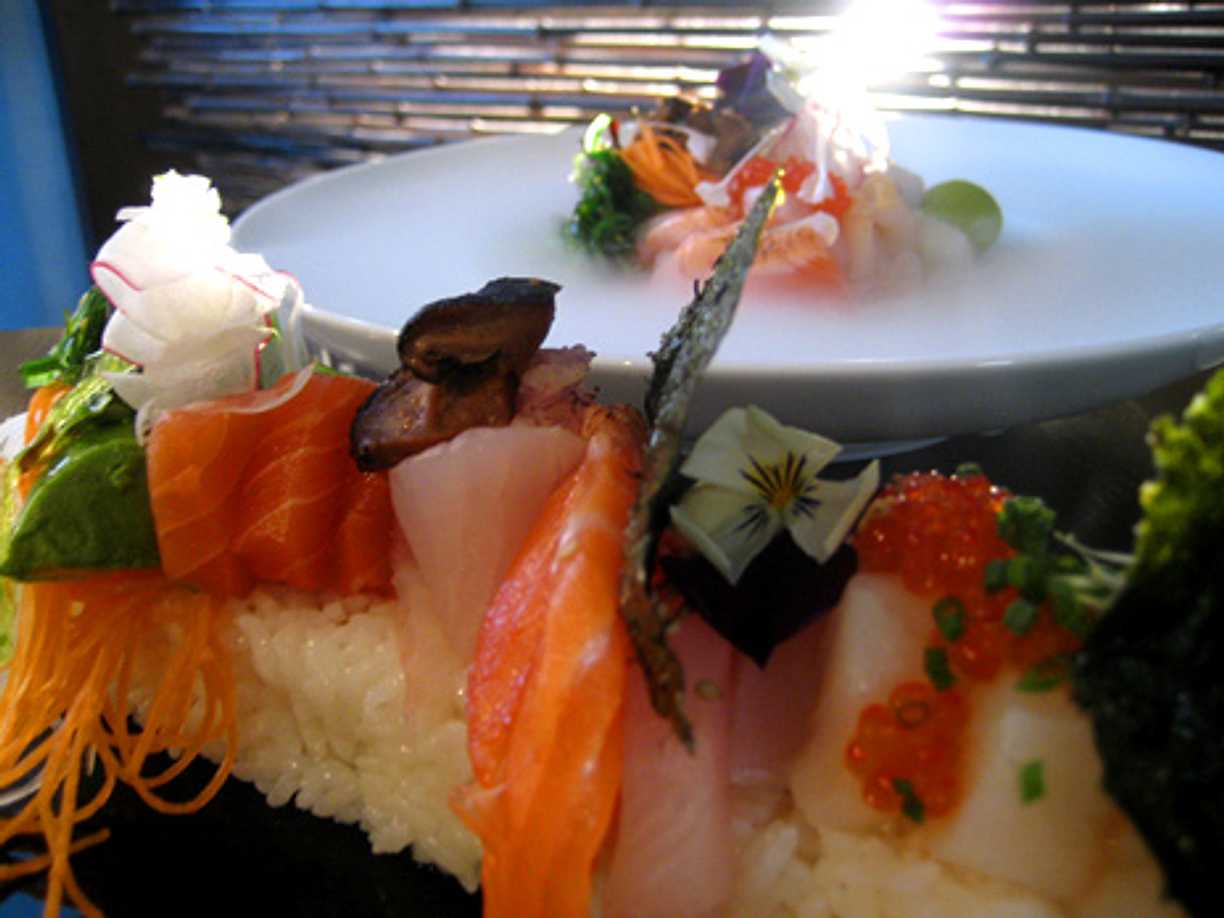
I cut the snap peas into leaves for some extra visual impact, and I used a vegetable cutter to cut my carrots into flowers. I’ve used crisp snap peas and sweet carrots, along with some nutty sesame. Garnishes – Pick garnishes that really make the color and texture pop.I’m topping this with thin threads of egg called Kinshi Tamago, but you can also make Tamagoyaki (Japanese rolled omelet) and cut it up into slices or cubes. Egg – Egg is a popular topping for Chirashi Sushi because it’s colorful and adds protein, especially if you plan on making it without seafood.I’ve included a mix of raw tuna and poached shrimp for my version and, to make it a little extra, I’ve also used some ikura. My mom would occasionally top her version with boiled shrimp, but usually, it was topped with shiitake mushrooms, carrots, egg, snow peas, and red pickled ginger. Seafood – Seafood is not the focus of most versions of Chirashi Sushi, which makes it totally optional.

The mixture can also make quick pickles, marinades, and potato salad, so I always like to make a big batch and keep it in a squeeze bottle.
Chirashi vs sashimi how to#
For this recipe, I will show you how to make it from scratch, but you can also use a pre-mixed one like Mizkan’s Seasoned Rice Vinegar.

Aside from using good, Japanese short-grain rice, an authentic Japanese rice vinegar like Mizkan’s Natural Rice Vinegar is the key to making great sushi rice. This is why it’s so important to get the sushi rice right.

Mizkan is a family-owned Japanese brand that’s been making vinegar and sauces for over 215 years. That’s why this Chirashi bowl was one of the first recipes to come to mind when Mizkan™ offered to sponsor a recipe here. With sushi rice topped with a scattering of colorful toppings, it’s an easy, flexible way of making sushi at home using the ingredients that are available to you. Chirashi Sushi is a traditional style of Japanese sushi that’s probably the inspiration behind most modern sushi bowls.


 0 kommentar(er)
0 kommentar(er)
